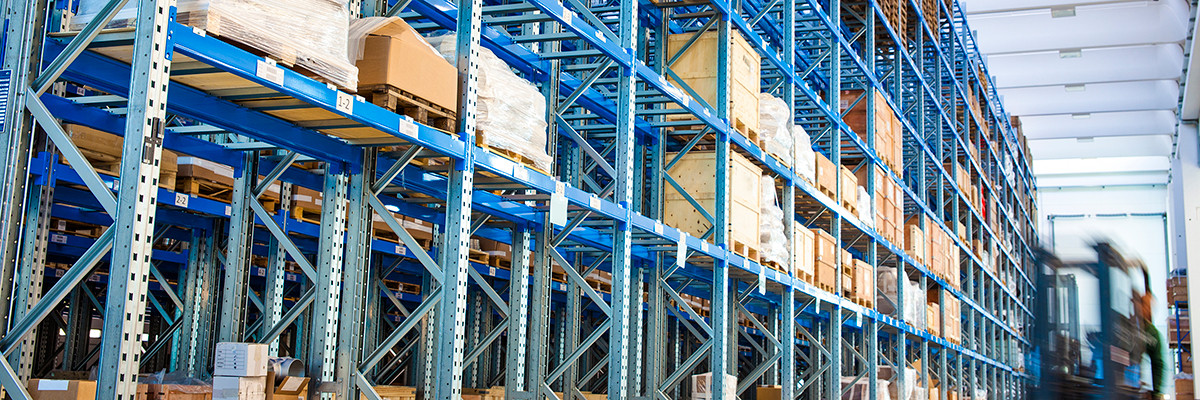
Authors
-
Tara Norton
Former Managing Director, BSR
This blog first appeared on Procurement Leaders and is part of a series of guest blogs for that publication.
Happy January, everyone. I’ve got good news. Whether you made any New Year’s resolutions or not this year, you can add one: being better at procurement.
This blog is the first of a four-part blog series I’m writing aimed at helping professionals do just that by looking at the procurement process in a new way and enhancing things that they are already doing. “Better procurement” means more efficient and informed procurement processes that result in more value to the business.
As we enter 2015, we should consider that being better at procurement is largely about understanding context. Understanding context gives procurement managers an edge because by gathering information relevant to the procurement category (in addition to information that is directly related to price and quality), you will gain insights that will enable you to discover value that you might not have seen before.
First, consider the external context. Being good at procurement means having a deep understanding of the context around the category: understanding what are recent and potential innovations, how and why the geographies in which things are being made are shifting, what is affecting commodity prices, which trade routes and options are evolving, and which new pools of suppliers are arising.
In parallel, internal context helps ensure that what and how you buy is aligned with what the business really needs. This requires knowing how the business is growing, current and future risks, the business strategy, and what executives really care about.
Now, here’s the big reveal: From where we sit at the Center for Sustainable Procurement, a large part of this context is about the environmental, social, and governance risks and opportunities that are conveniently packaged in the term “sustainability.” Sustainability issues are a good proxy for areas of risk to procurement, such as geopolitical risk, commodity pricing, reputational risk, failure to identify potential sources, or failure to identify supplier-specific risks.
When you consider sustainability risks and opportunities at each step of the procurement process, you are thinking about the context and making better procurement decisions. This process is known as “sustainable procurement,” a term that could easily be rebranded as “procurement in context.”
To help you understand how to apply this thinking, I’d like to share with you the following Center for Sustainable Procurement framework, which shows how you can shift your thinking at each step in the procurement process.
To bring this framework to life and to help you apply it, my next three blogs will take a deeper look at three steps in this framework, with examples of how each one works: step 1, understanding the business need; step 2, developing category strategies; and step 7, engaging suppliers.
It is likely that you are already involved in procurement with context, which is even better news. Anytime you consider context beyond the immediate transaction, you are probably thinking about issues that affect society and the environment, and weighing the trade offs that have broad-reaching impacts. Keep it up. You’re already practicing better procurement.
BSR’s latest sustainability insights and events straight to your inbox.
Let’s talk about how BSR can help you to transform your business and achieve your sustainability goals.
